Nuanced Solutions for Greener Façades
BIM Integration and Specification Tools
With more accurate specifications and project takeoffs in mind, several manufacturers have created design tools to get answers to these many façade questions. “With so many products out there, architects are asking, how do I choose the best one for the project?” says Chris Dolan, director of marketing for Guardian Industries, a glass manufacturer. “We've created a Glass Analytics program to give the design team a head start and a tool to use for architectural glass solutions.” The online selector allows the project team to down-select or tailor the glass specification and test its suitability in four discrete steps: first, by estimating glass performance variables such as VLT, U-factor, and SHGC. Second, the tool estimates energy use for the proposed building based on its size, orientation, and location. With these results, a third step is to use a built-in generator to create a BIM object for the glass product under consideration. Fourth, a visualization module lets the project team review the glass option in terms of simulated color, light qualities, reflectance, and reflectivity, from both an outside and inside view.
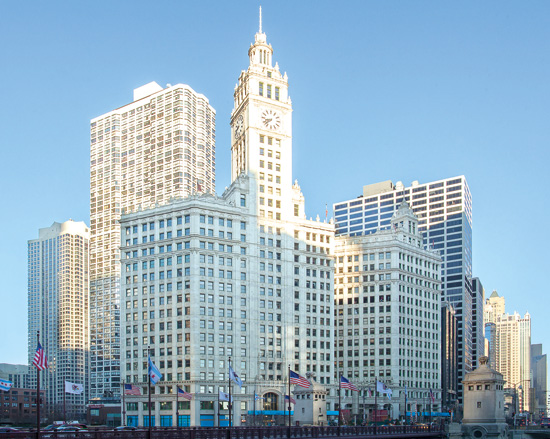
Photo courtesy of Pella EFCO Commercial Solutions
Using an envelope analysis tool for the iconic Wrigley Building in Chicago, the project team showed that 41% of total energy use was due to the underperforming envelope. The solution was to retrofit 2,000 single-pane windows and air-seal the openings.
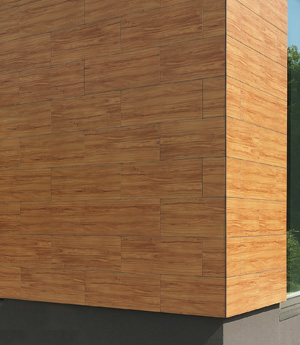
Photo courtesy of FunderMax USA
Rainscreens and other façades using panels of duromer HPL are effective for weather protection, while offering unique expression such as colors, patterns, and even the look of wood grain.
Beyond the physical glass samples that are commonly compared to determine the impact of glass choice on a project's aesthetics and interior spatial qualities, the visualization allows for a relative understanding of these effects, which helps inform glass selection early in the design process.
In addition to isolating the proper glazing considerations, other new analytical tools have been developed to evaluate the interdependencies between various building systems, says Jack Williams, a former engineer and now director of product marketing for EFCO. Developed with the energy consultant The Weidt Group, the envelope analysis service helps account for ways energy is lost through the envelope in addition to variables such as U-factor and SHGC. “But what about sources of air leakage, and the comfort of people inside the building?” asks Williams. “This analysis service allows you to compare a simple renovation solution against a very high-performance solution, such as dynamic windows, curtain wall or storefront.”
As an example, Williams points to a recent and extensive retrofit of the iconic Wrigley Building in Chicago, designed by Daniel Burnham acolyte Charles Beersman of Graham, Anderson, Probst & White. The goal was to recapture Beersman's original design intent while improving interior performance and usability to attract new tenants. The analysis by Pella EFCO Commercial Solutions found that 41 percent of total energy use was attributable to the underperforming envelope, and upgrading its 2,000 single-pane windows and air-sealing the openings would save the 1920s Wrigley Building about $276,000 annually in energy costs—a 27 percent savings—and reduce carbon emissions by 1,730 tons per year, or about 22 percent. The payback of about 15 years was sweetened by the fact that windows with a higher thermal resistance would allow occupants to relax the thermostat set points by up to 5°F, for significant energy savings. The windows and air-sealing would also reduce drafts by 51 percent.
Thermal Performance and Moisture Control
In addition to sealing against air leakage, a variety of advances in façade system engineering relate to preventing unintended penetration of moisture and water through the façade. For window wall and curtain wall, there are three types of assemblies to consider: face-sealed, water-managed, and pressure-equalized rainscreen systems. Whichever is selected, the façade system must mitigate water infiltration caused by gravity, wind, air pressure differentials, and capillary motion.
“Prevention of water penetration is a function of how the fenestration systems are detailed and installed, including frame construction, drainage details, gaskets, flashings, and sealants,” says Quest Window's Cash, who currently has projects in such cities as San Francisco, Seattle, Toronto, and Denver, among others, using the company's unitized window systems. “Watertight frames and drainage of the glazing pocket are essential in keeping water out.” The system is designed so that each infill of glass, panel, operable window, or door is individually drained. The same philosophy is then expanded to the surround of the window, backsealing, membraning, and flashing the cavity around the window to be pressure equalized and drained. Cash explains that in Quest's façade system, each floor is isolated from the next using this approach. Project examples include Insignia Tower in Seattle, designed by Perkins & Company Architects.
One successful approach Cash details is a window wall system that bypasses the slab, with about half of the window unit's depth cantilevered off the slab edge—or, more accurately, “extended downward to bypass the slab,” he says. “This method meets America's toughest seismic standards and also provides a very long path for water to climb at the slab-edge detail.” This means that even as slab height varies, there is a long and impenetrable path for water to move and migrate up and into the building. More important, the detail can give a building the look of an all-glass tower, without the use of curtain wall. In some cases, opaque panels in the unitized windows are used instead of aluminum composite material (ACM), precast, or other solid materials supported by a structural stud wall, reducing the number of trades needed for façade construction and limiting responsibility of the waterproofing to fewer elements or trades.
Moisture management is important for any cladding systems, including rainscreens, says Paul McCafferty, U.S. technical director for Architects' Surfaces. The multi-component approach of rainscreens includes a cavity, thermal layer, air barrier, moisture barrier, and supporting wall in addition to the cladding system. Yet the cladding must meet basic weathering criteria to remain durable and attractive over many years. “Compact HPL panels meeting the EN 438-6 standard and ICC AC92 testing criteria with enhanced fire resistance, type EDF, are very effective for weather protection, resisting delamination and water intrusion, and exhibiting very minimal color change over decades of weather and sun exposure,” he adds.
Next-Generation Glazings
In addition to these panels, windows, glazing units, and stick-built curtain walls are also incorporating advanced glass formulations that allow more light transmission or VLT while reducing solar heating, measured as SHGC. In more cases, the options being considered include low-E coated glass, active glazings such as switchable, electrochromic glass with its user-controlled tinting, as well as insulating polycarbonate panels, which are used extensively in countries where energy costs are a primary consideration.
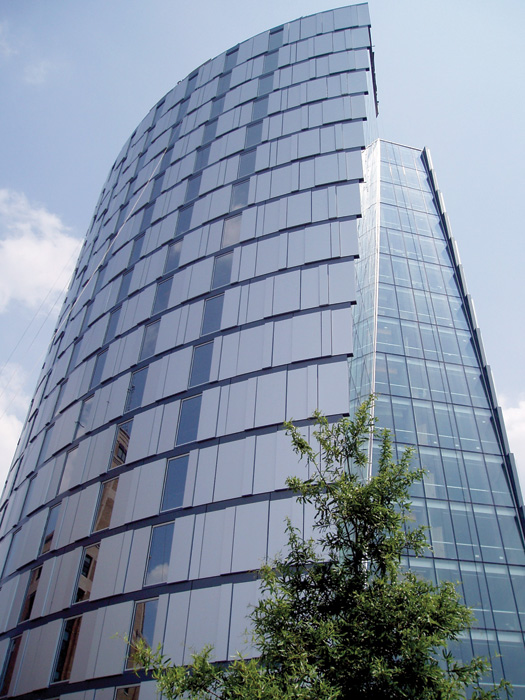
Photo courtesy of Kawneer Company, Inc.
At Drexel University, the new Millennium Residence Hall features a unitized curtain wall that was specified to have coordinated glass panels and aluminum composite panels, all provided by the same manufacturer.
Notice
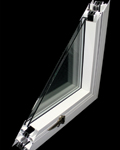
www.EFCOCorp.com
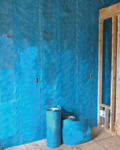
www.FiFoil.com

www.extechinc.com
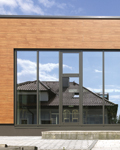
www.fundermaxusa.com
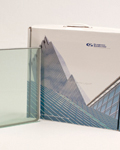
www.SunGuardGlass.com
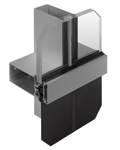
www.kawneer.com
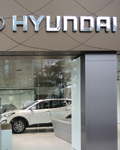
www.lorin.com

www.simonton.com
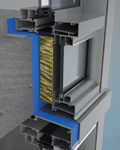
www.ecowall.questwindows.com
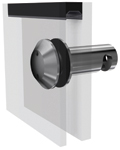
www.wwglass.com









